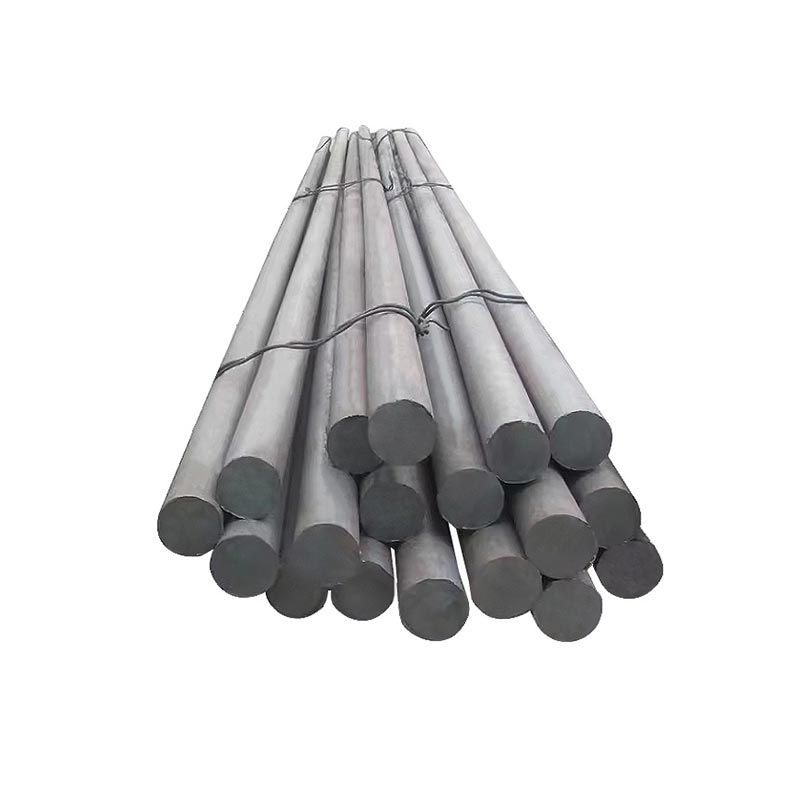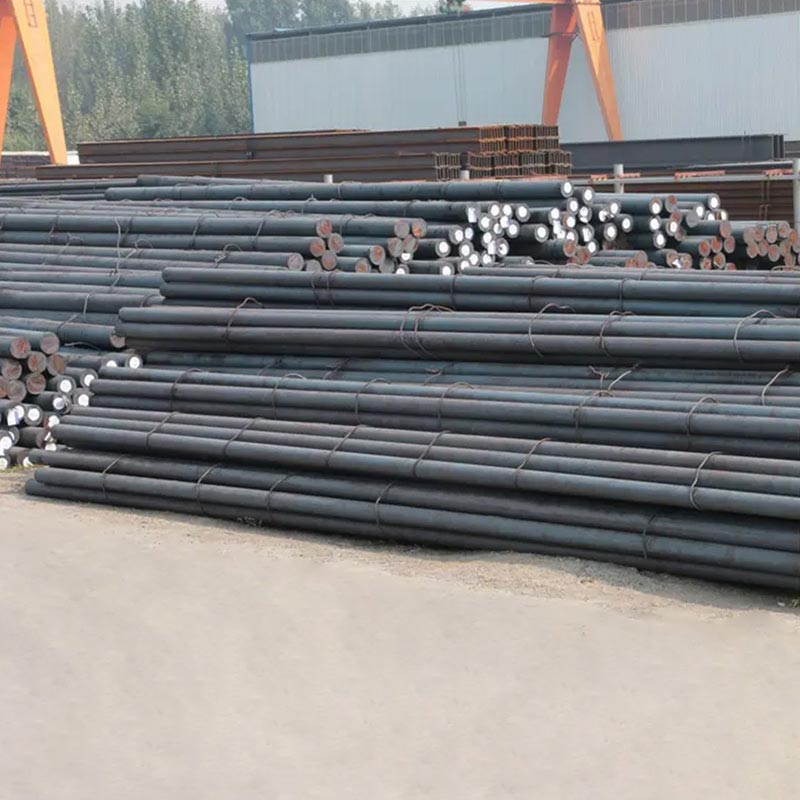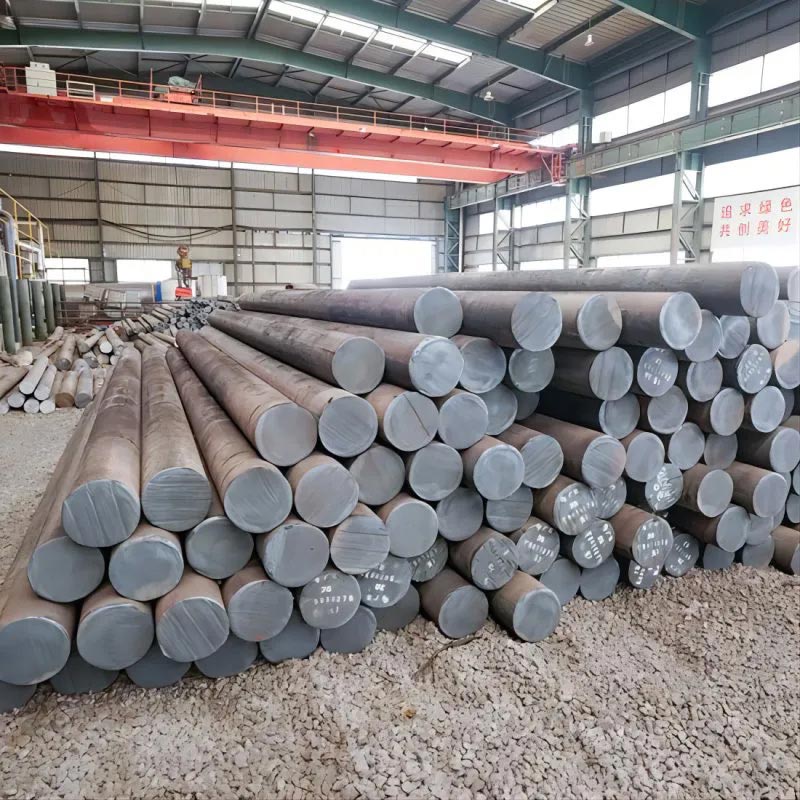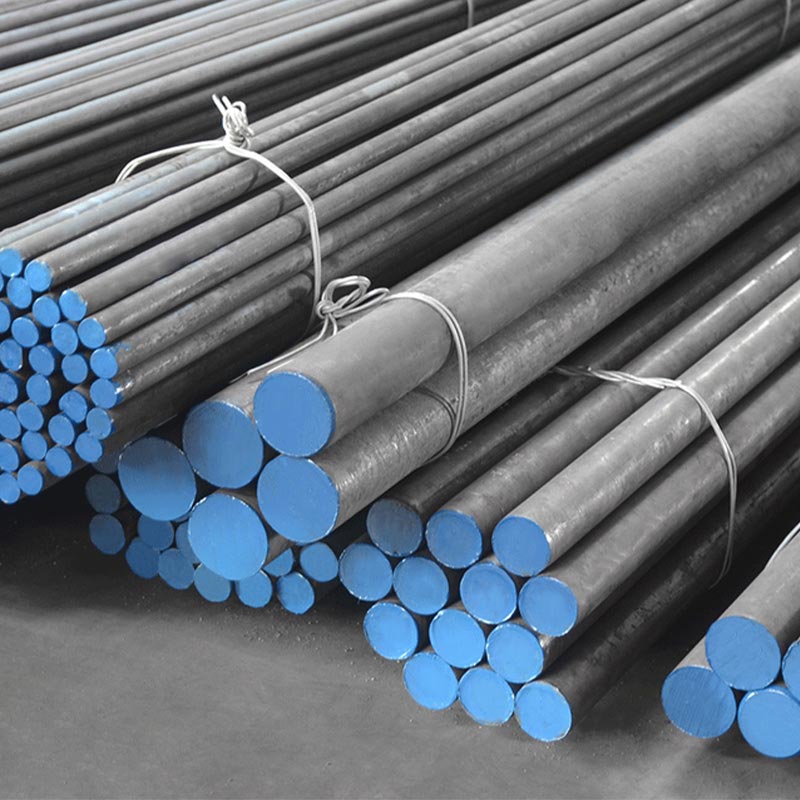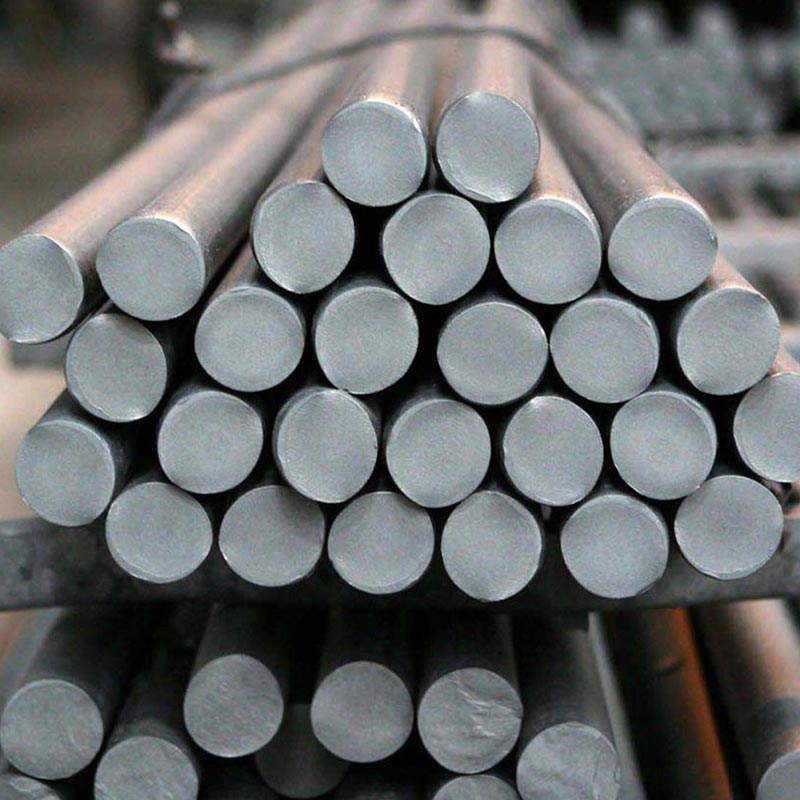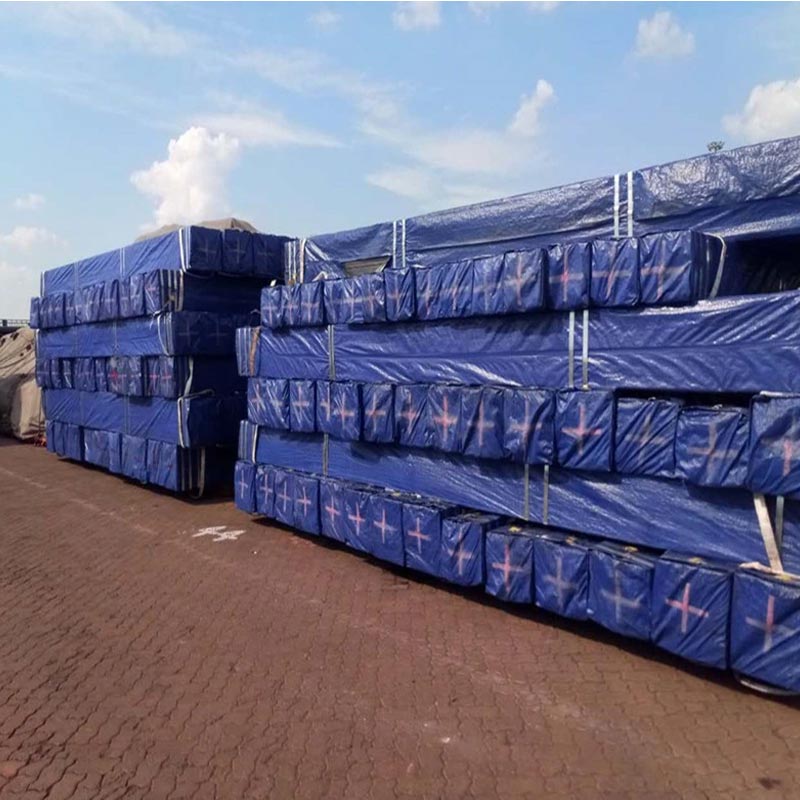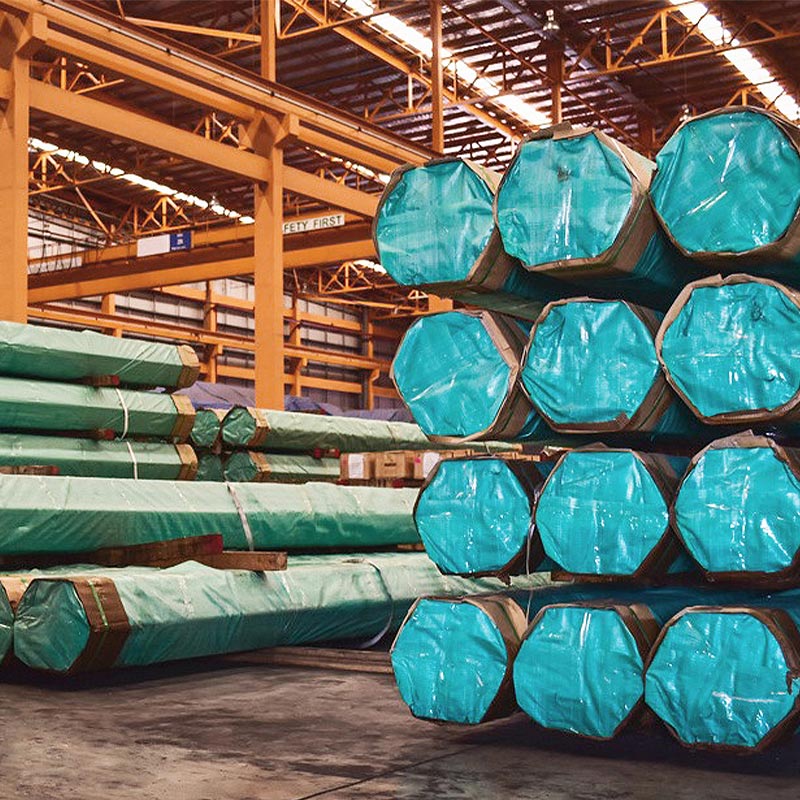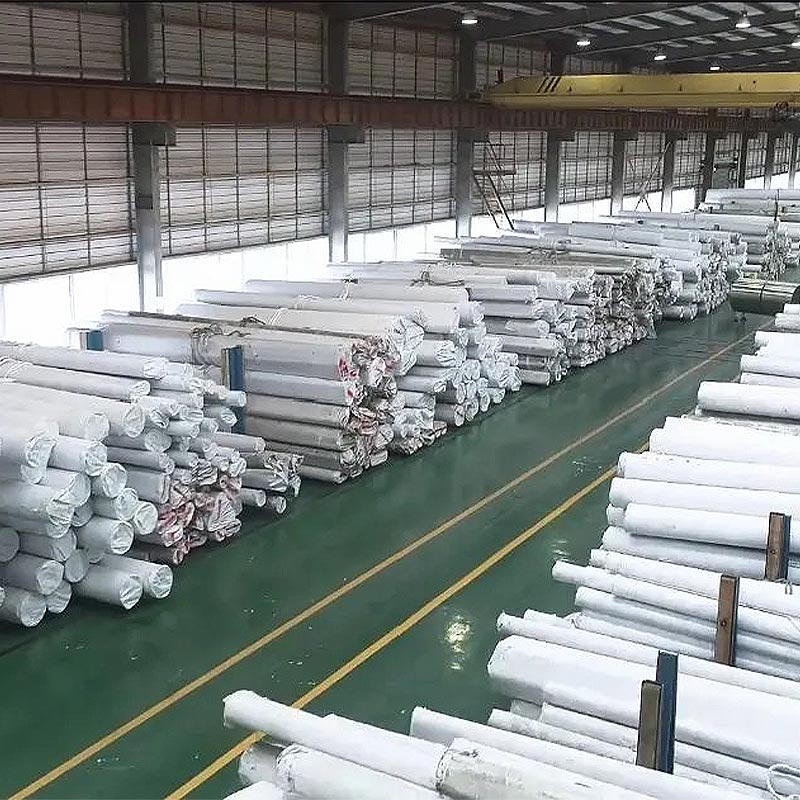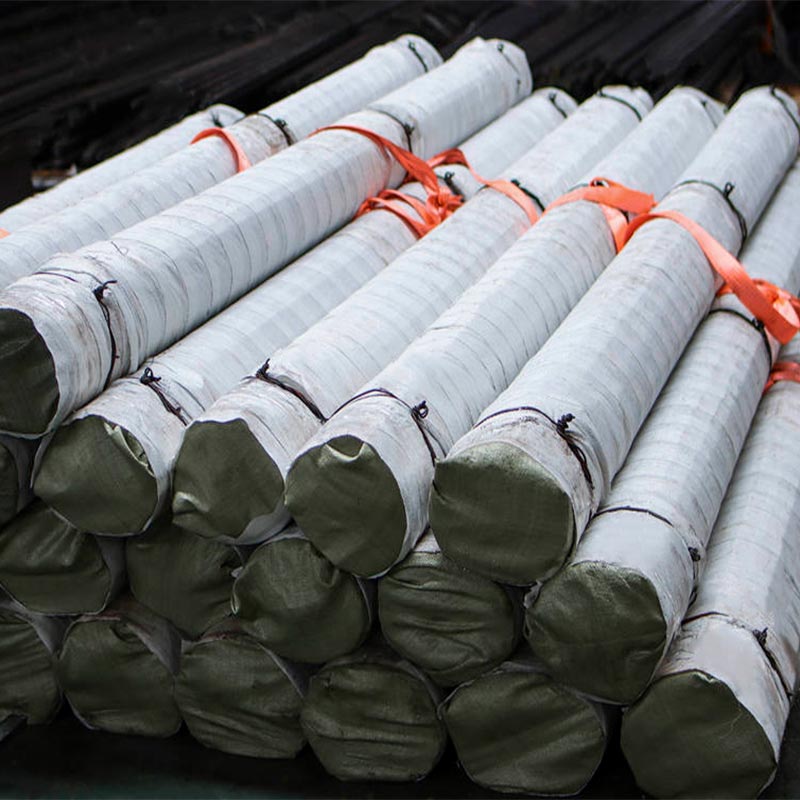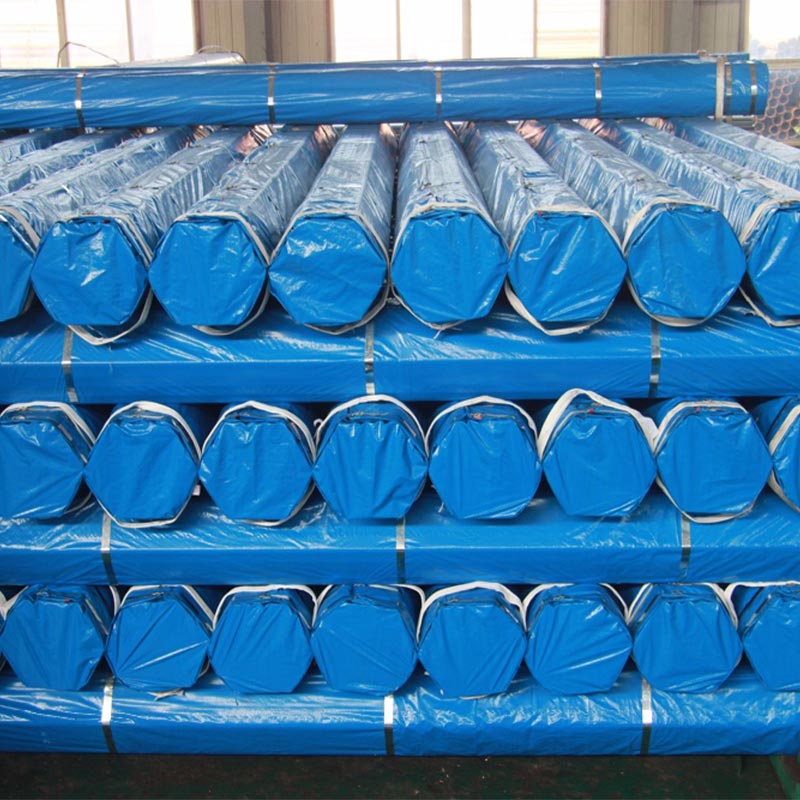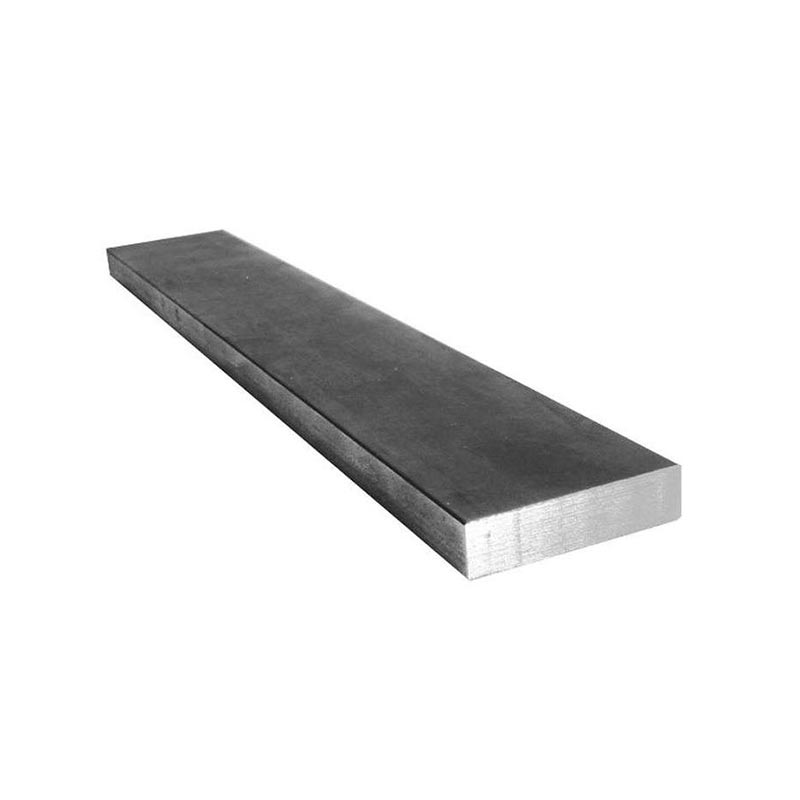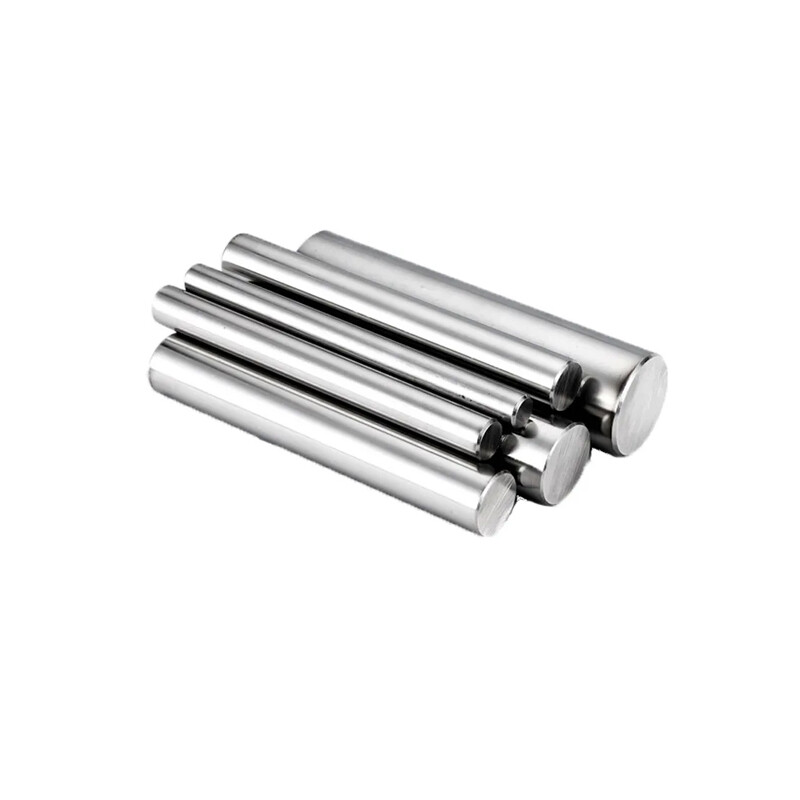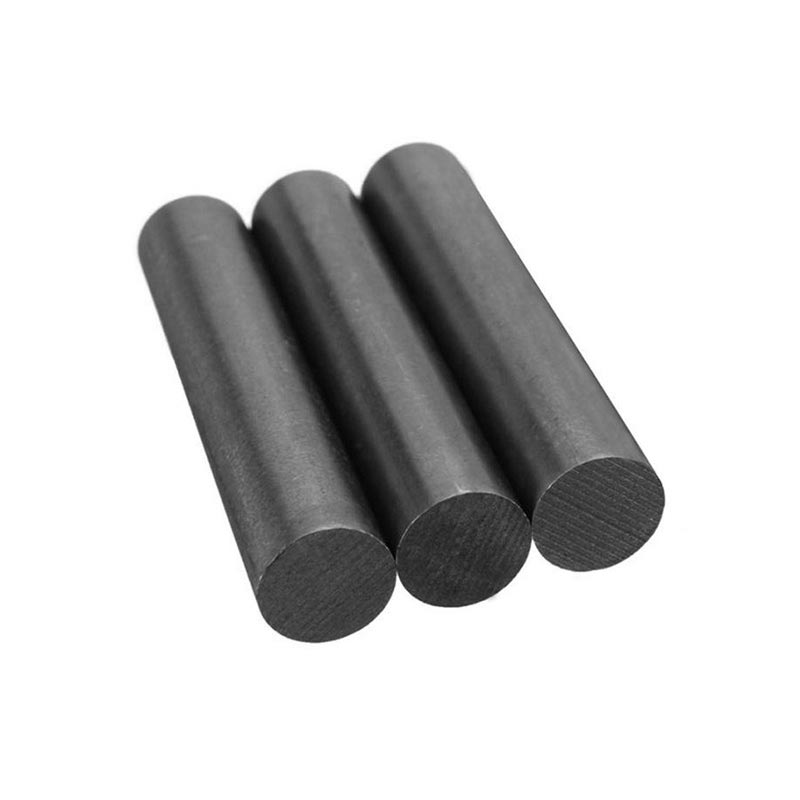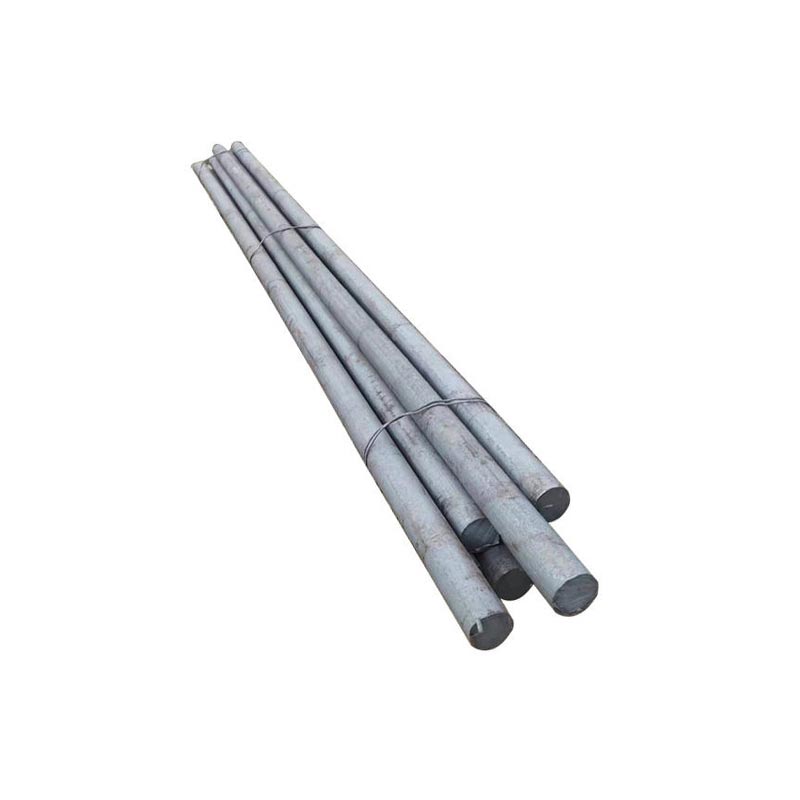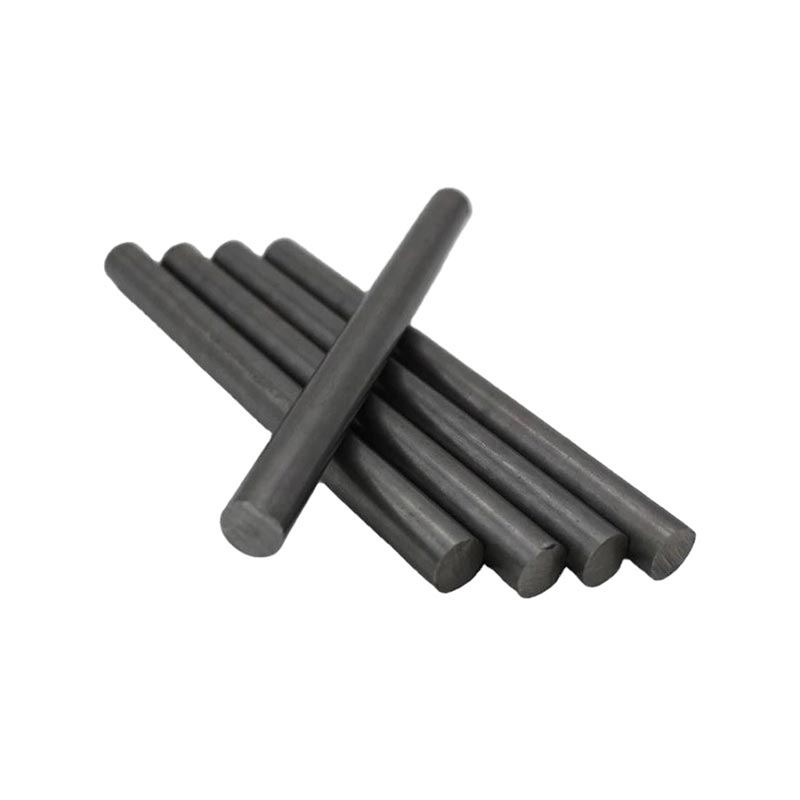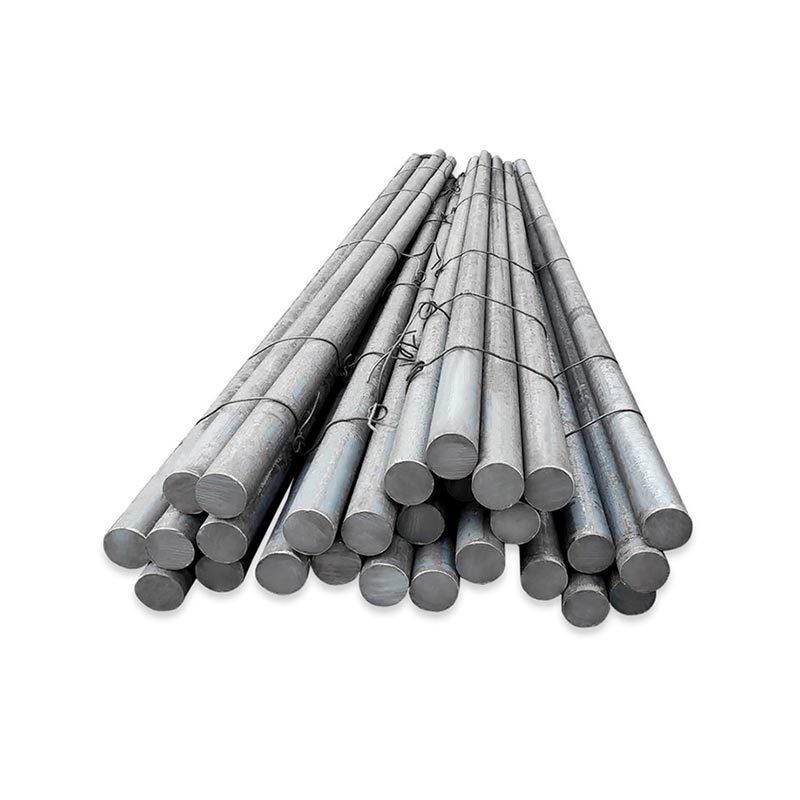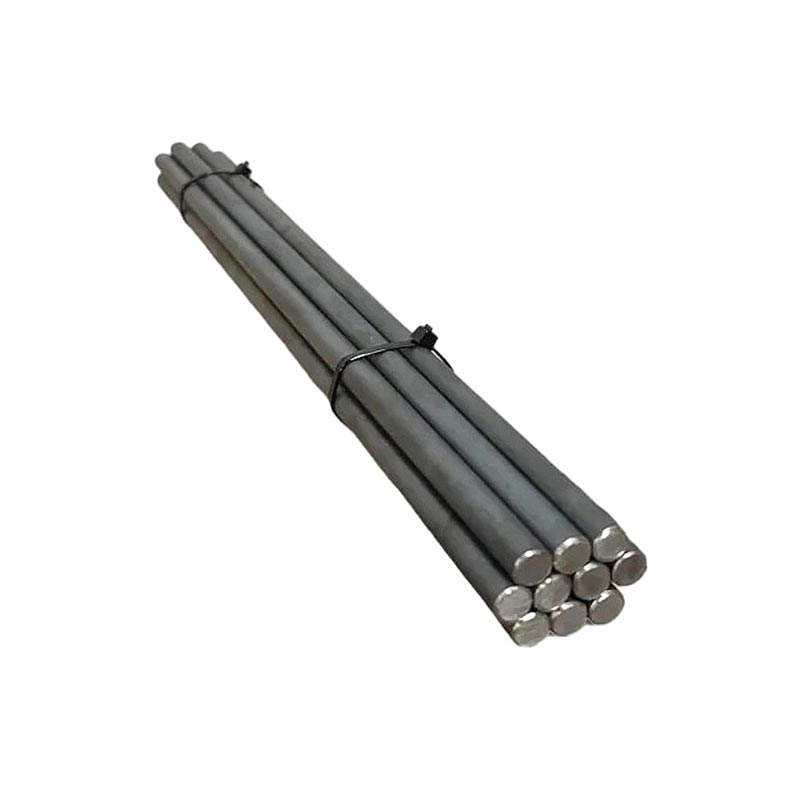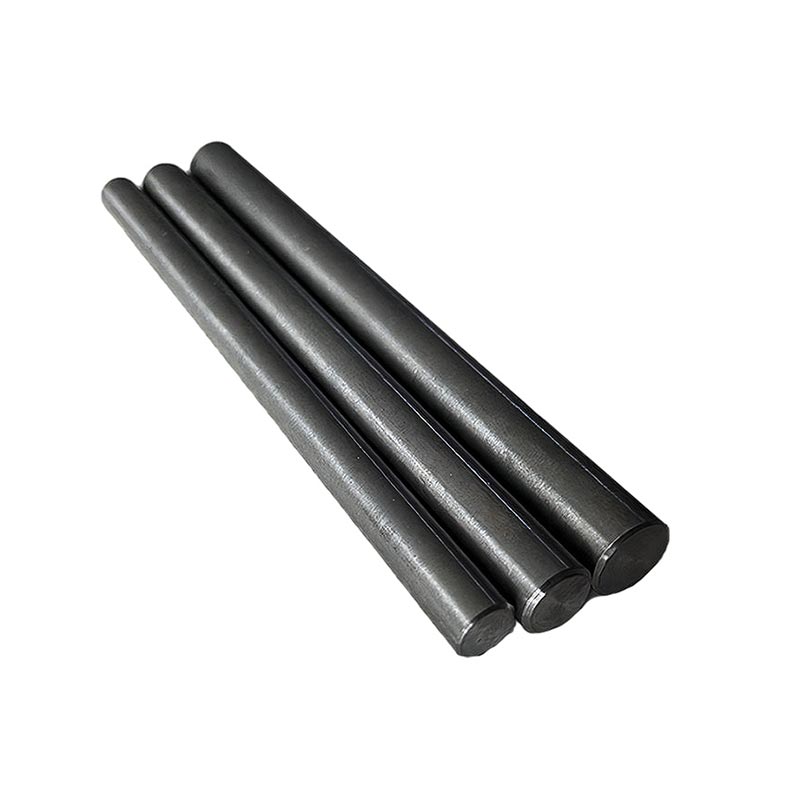Carbon Steel Bar
● A carbon steel bar is a solid, elongated rod made from carbon steel—an alloy of iron and carbon, with minimal other elements. Classified by carbon content (low, medium, high), it varies in strength and ductility.
● Low-carbon bars (e.g., A36) are ductile and weldable, used in construction or fasteners. Medium-carbon types balance strength and toughness, ideal for machinery parts. High-carbon variants are hard and wear-resistant, suited for tools or springs.
● Available in shapes like round, square, or hexagonal, they come in various lengths and diameters. Widely used in manufacturing, construction, and engineering, these bars serve as raw material for fabrication, structural support, or component production.
View Video
AISI/SAE 8620 Carbon Steel Bar
AISI/SAE 8620 carbon steel bar is a low-alloy steel with nickel, chromium, and molybdenum additions, offering excellent hardenability and toughness. With ~0.2% carbon, it balances machinability and heat treatability, developing a hard surface and ductile core via carburizing. Ideal for gears, shafts, and automotive/industrial components needing wear resistance and impact strength. Its alloying elements enhance strength and fatigue resistance, making it a reliable choice for high-stress parts requiring precision and durability.
Get A Quick Quote!
You Can Leave Us A Message
or Send Us An Email!
Product Details
Product Parameters
Packaging and Transportation
Related Products
Leave Us Message
Please give us a message
What are you lookking for?

